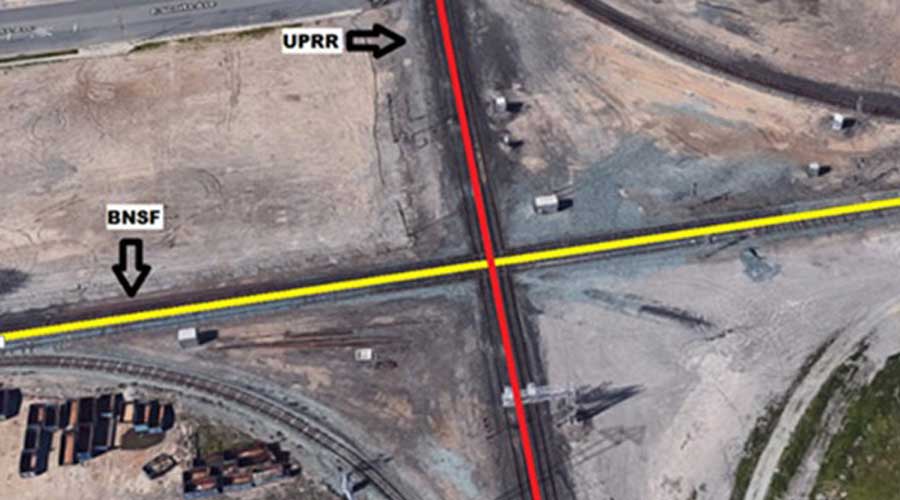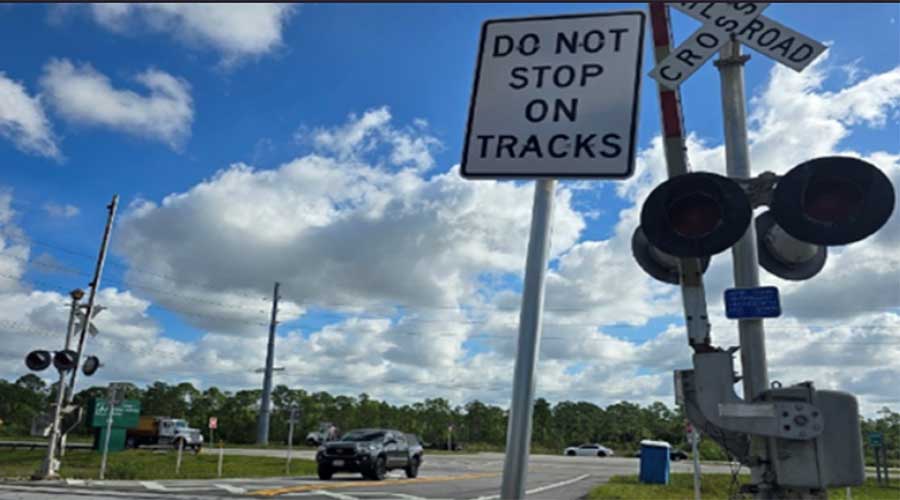Newsletter Sign Up
Stay updated on news, articles and information for the rail industry
Stay updated on news, articles and information for the rail industry
RAIL EMPLOYMENT & NOTICES
Rail News Home
Rail Industry Trends
Rail News: Rail Industry Trends
During the week ending April 10 — which included the Good Friday holiday — U.S. railroads moved 326,519 carloads, up 0.7 percent, and 201,330 trailers and containers, up 6.4 percent compared with the same 2003 week, according to Association of American Railroads data. Estimated total volume rose 2.1 percent to 29.7 billion ton-miles.
Through 2004's first 14 weeks, U.S. roads moved 4,624,181 carloads and 2,786,375 intermodal loads, a 3 percent and 7.2 percent increase, respectively, compared with the same 2003 period. Estimated total volume rose 4.3 percent to 414.7 billion ton-miles.
Canadian roads' weekly and year-to-date traffic totals didn't fare as well. During the week ending April 10, the roads moved 66,607 carloads, up less than one-tenth of 1 percent, and 41,462 trailers and containers, down 4.5 percent compared with last year. Through the year's first 14 weeks, Canadian roads moved 929,291 carloads and 556,848 intermodal loads, a 1.5 percent decrease and 6.2 percent increase, respectively, compared with the same 2003 period.
On a combined cumulative-volume basis through 14 weeks, 15 reporting U.S. and Canadian roads moved 5,553,472 carloads, up 3.5 percent, and 3,343,223 trailers and containers, up 5.7 percent compared with last year.
In Mexico, TFM S.A. de C.V. continues its struggle to increase 2004 traffic. During the week ended April 10, the road's carloads and intermodal loads dropped 7.5 percent and 30.9 percent, respectively, compared with the same 2003 week. Through 14 weeks, TFM moved 116,187 carloads, down 7.9 percent, and 47,910 trailers and containers, down 8.5 percent compared with last year.
4/19/2004
Rail News: Rail Industry Trends
AAR traffic stats: U.S. railroads continue to build carload, intermodal traffic
advertisement
During the week ending April 10 — which included the Good Friday holiday — U.S. railroads moved 326,519 carloads, up 0.7 percent, and 201,330 trailers and containers, up 6.4 percent compared with the same 2003 week, according to Association of American Railroads data. Estimated total volume rose 2.1 percent to 29.7 billion ton-miles.
Through 2004's first 14 weeks, U.S. roads moved 4,624,181 carloads and 2,786,375 intermodal loads, a 3 percent and 7.2 percent increase, respectively, compared with the same 2003 period. Estimated total volume rose 4.3 percent to 414.7 billion ton-miles.
Canadian roads' weekly and year-to-date traffic totals didn't fare as well. During the week ending April 10, the roads moved 66,607 carloads, up less than one-tenth of 1 percent, and 41,462 trailers and containers, down 4.5 percent compared with last year. Through the year's first 14 weeks, Canadian roads moved 929,291 carloads and 556,848 intermodal loads, a 1.5 percent decrease and 6.2 percent increase, respectively, compared with the same 2003 period.
On a combined cumulative-volume basis through 14 weeks, 15 reporting U.S. and Canadian roads moved 5,553,472 carloads, up 3.5 percent, and 3,343,223 trailers and containers, up 5.7 percent compared with last year.
In Mexico, TFM S.A. de C.V. continues its struggle to increase 2004 traffic. During the week ended April 10, the road's carloads and intermodal loads dropped 7.5 percent and 30.9 percent, respectively, compared with the same 2003 week. Through 14 weeks, TFM moved 116,187 carloads, down 7.9 percent, and 47,910 trailers and containers, down 8.5 percent compared with last year.


 2025 MOW Spending Report: Passenger-rail programs
2025 MOW Spending Report: Passenger-rail programs
 Gardner steps down as Amtrak CEO
Gardner steps down as Amtrak CEO
 Guest comment: Oliver Wyman’s David Hunt
Guest comment: Oliver Wyman’s David Hunt
 Women of Influence in Rail eBook
Women of Influence in Rail eBook
 railPrime
railPrime








